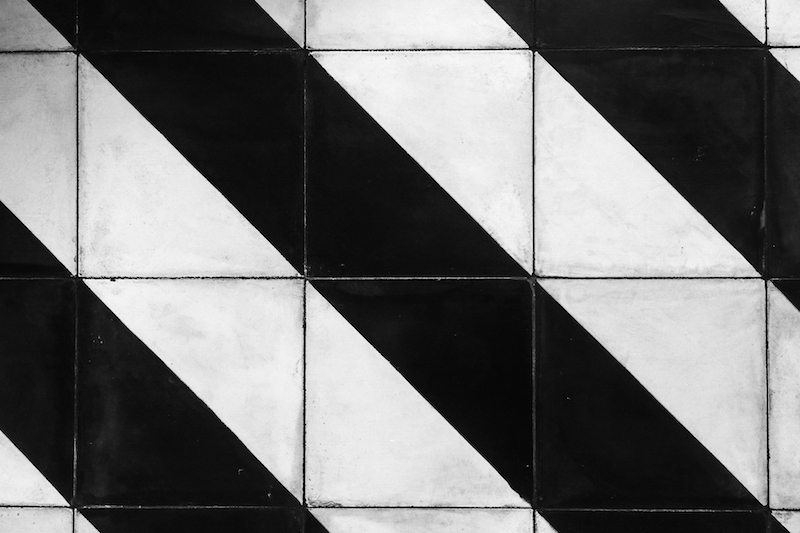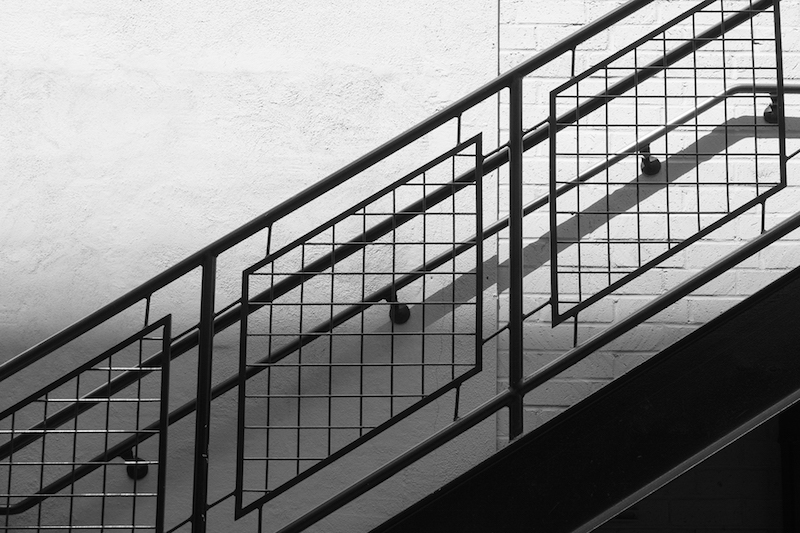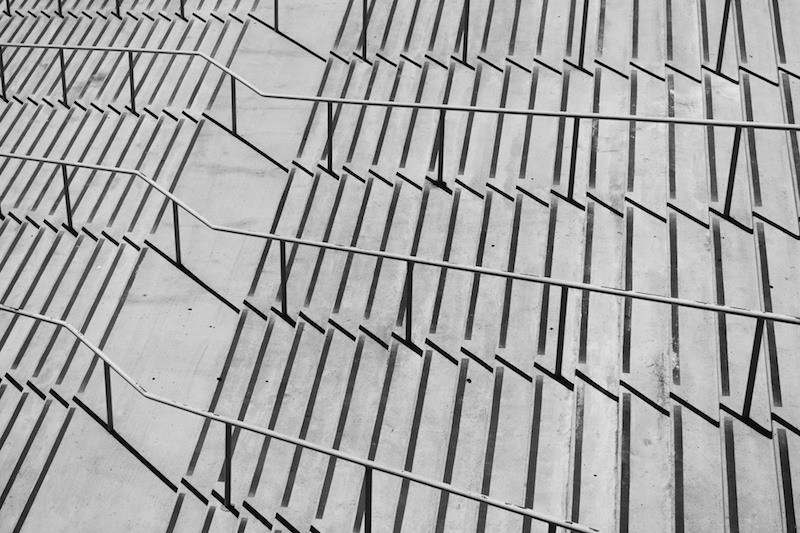Balancing form and function can be a delicate balance in a design project. Though our clients want an aesthetically appealing space, they also want a space which exudes functionality. To create the balance between an aesthetically pleasing space and a functional space, we must strive for excellence and creativity.

Louis Sullivan famously said the following about form following function:
Whether it be the sweeping eagle in his flight, or the open apple-blossom, the toiling work-horse, the blithe swan, the branching oak, the winding stream at its base, the drifting clouds, over all the coursing sun, form ever follows function, and this is the law. Where function does not change, form does not change. The granite rocks, the ever-brooding hills, remain for ages; the lightning lives, comes into shape, and dies, in a twinkling.
It is the pervading law of all things organic and inorganic, of all things physical and metaphysical, of all things human and all things superhuman, of all true manifestations of the head, of the heart, of the soul, that the life is recognizable in its expression, that form ever follows function. This is the law.

Though the idea of form following function is debatable depending on the artist, there is natural connection or order between form and function. Taking notice of this balance can help us create spaces which inspire our clients and help them enjoy life to the fullest. Our clients live stressful lives in our modern society and need a place of respite and tranquility in their daily lives; our designs can serve as an oasis of peace in a hectic city. Every city and neighborhood needs architecture, art, and interior design which brightens each person’s day. Our designs can serve as a wonderful place of safety and wonder.
The challenge of this type of design is figuring out the purpose of a space. Each space will vary in purpose, so we need to determine the function so we can create a suitable design. Each client has various likes and dislikes, preferences and style. Our job as designers is to design spaces which make our clients happy without compromising our individual stye and artistic ability. If we compromise our art for a sale, we will lose what makes us unique. Our creativity and innovation can be balanced with functionality in a powerful way. Using function as our guide will not take away our creativity and artistic abilities; it will actually create a framework for our creativity.

By interviewing clients and examining a space, we can learn the purpose of the space. Without deep interaction with our clients, we can end up going in the wrong direction with a design. When we sit down and have an intimate conversation about the space, we can design a space with the correct information. Once we understand the function of the space and preferences of our clients, we are ready to begin our design. With every piece of furniture and every splash of color, we must keep function in view. If we lose sight of the functionality of our space, we will lose the essence of the design.
We must walk through a space as if it is our own personal space. Viewing each part of the space will help us better design a place that exudes beauty and wonder. When we think through a design as if we are the owner, we see with new eyes. If a particular space was ours, what would make us comfortable? What would delight us? What would get in the way? At this point, we can strip our design down to its basic parts. We can avoid superfluous design which just gets in the way of modern life. At the same time, we can add aesthetic pieces such as artwork and furniture which is visually balanced and stunning. Many times one added piece throws off the balance; at other times, an added piece of furniture or artwork is exactly what the space needed for balance and beauty. Again, this is a delicate balance which must be thought through and examined.
Balancing form and function can be very difficult, but as strive for balance and functionality, our design will begin to come together. As interior designers, we have the opportunity to make peoples’ lives better through are creativity and innovation. Each space we design will either help or hurt a client; each space we create will either delight or frustrate those who use it on a daily basis. With the proper balance of function and form, we can create spaces which will be a source of joy for our clients for years to come. We can create spaces which create a feeling of tranquility and peace on a daily basis for people who live and work in a hectic modern society.